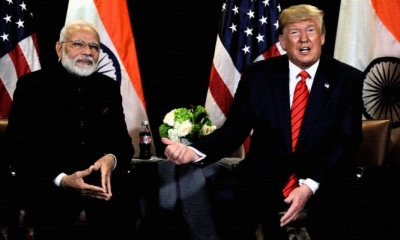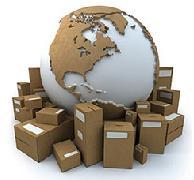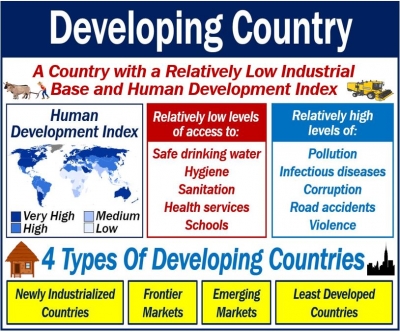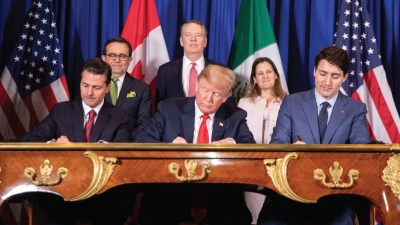How will reclassification affect India?

The removal of India from the U.S.’ list of developing nations can negatively impact Indian trade with regard to the U.S. With the classification as a developed country, India may lose other trade benefits given as part of the GSP. India is no longer eligible for preferential treatment against CVD investigations and de minimis thresholds. With many countries having been stripped of the benefits, international trade, and global economy will slow down.
The U.S. has eliminated its special preferences for a list of self-declared developing countries. Apart from India, this list includes Albania, Argentina, Armenia, Brazil, Bulgaria, China, Colombia, Costa Rica, Georgia, Hong Kong, Indonesia, Kazakhstan, the Kyrgyz Republic, Malaysia, Moldova, Montenegro, North Macedonia, Romania, Singapore, South Africa, South Korea, Thailand, Ukraine, and Vietnam.
Picture Credit : Google



